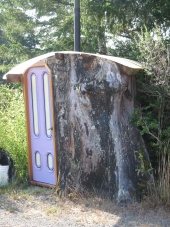neil bertrando wrote:
If you replaced your proposed swale with a ridgepoint dam, you could add some spreader drains for gravity irrigation. the drawing you present is exactly what Yeomans' Keyline Design system suggests for filling dams. If you wanted to fill a series of dams, you might have one diversion drain falling to the next valley over to fill a keypoint dam....
cheers,
Neil
I basically took that from the diversion swales that are used to fill dams at the key point, to see the if that was a viable option instead of plowing, also the picture is from water for every farm.
Regarding the cost comparison. I doubt that you would know, but are they including general upkeep and maintenance to a system, or just he initial up front cost of implicating a certain system.
a Swale system is more of a upfront cost but the maintain of the system would be cheap.
key-line plowing would be a cheaper upfront cost, but cost more to maintain if addition key line plowing was needed, depending on the owners wants for the land.
a good example to talk about for me to understand better would be about Owen's case study at whirlwind farm, was that just one pass, or multiple passes at increasing depth per pass?
what were the owners wants and what did you suggest to get them there? addition plowing, holistic management approach, water features Etc...
Also in water for every farm, P.A talks about starting at a shallow depth of 2" or 4" and increasing the depth with each run, i was talking to someone that said the newer plows enable you to drive deeper the first initial run, is this true?




